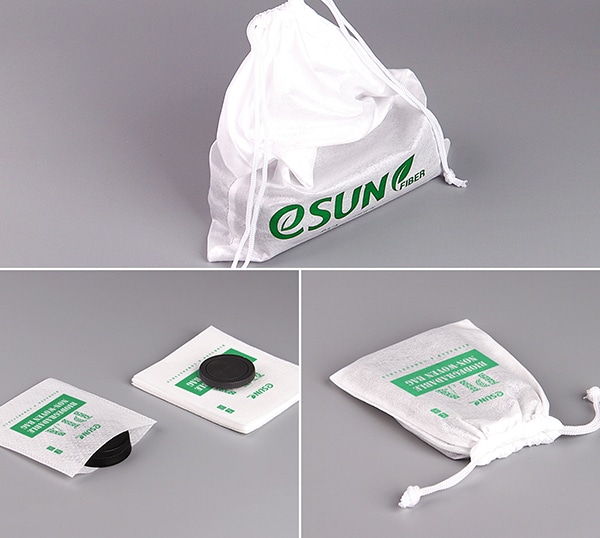As the global demand for sustainable and high-performance materials continues to grow, PLA (Polylactic Acid) spunlaced nonwoven fabric is emerging as a leading choice across personal care and eco-packaging sectors. Sourced from renewable plant-based materials, this fiber offers a rare blend of softness, strength, breathability, and eco-consciousness—making it ideal for applications that require direct skin contact and environmental responsibility.
Let’s explore the standout features and diverse applications of this versatile nonwoven fabric.
.jpg)
What Is PLA Spunlaced Nonwoven Fabric?
PLA spunlaced nonwoven fabric is produced using polylactic acid fibers derived from renewable resources such as corn starch or sugarcane. The spunlacing process, also known as hydroentanglement, uses high-pressure water jets to entangle the fibers, resulting in a durable, soft, and lint-free fabric. With basis weights ranging from 22gsm to 120gsm and widths between 7cm to 300cm, this material is highly adaptable to a wide array of product types.
Core Features and Advantages
1. High Strength and Durability
Thanks to the spunlacing process, the fibers are tightly interlaced, giving the fabric enhanced mechanical strength suitable for both disposable and reusable items.
2. Excellent Moisture Absorption
The inter-fiber spaces formed during production enable superior water absorption—making it highly effective for applications such as wet wipes and cosmetic pads.
3. Lightweight and Skin-Friendly
Soft to the touch and lightweight, PLA Spunlaced Nonwoven Fabric is ideal for direct contact with skin, including diapers, sanitary napkins, and facial masks.
4. Air Permeability
The porous structure allows for good airflow, which helps reduce heat buildup and moisture retention, improving wearer comfort.
5. Dimensional Stability
Once heat-treated, the material maintains excellent shape and dimensional consistency, which benefits downstream processing.
6. Biodegradable and Compostable
PLA breaks down in industrial composting environments, significantly reducing environmental impact and aligning with global sustainability goals.
7. Customization Potential
This fabric can be blended with other natural fibers like bamboo, viscose, or hemp, allowing manufacturers to fine-tune properties such as softness, thickness, and texture for specific use cases.
Practical Applications of PLA Spunlaced Nonwoven Fabric
Personal Care Products
Due to its softness and skin-safe properties, PLA Spunlaced Nonwoven Fabric is commonly used in:
- Diapers (top and back layers)
- Sanitary napkins
- Makeup removal pads
- Facial mask sheets
- Wet wipes
Its breathability and absorbency make it ideal for products requiring both comfort and hygiene.
Sustainable Packaging
Its biodegradability and air permeability also make this fabric suitable for:
- Food-safe wrapping and pouches
- Agricultural protection films
- Eco-friendly retail packaging

These uses contribute to a cleaner environment and help brands comply with increasing sustainability regulations.
PLA Spunlaced Nonwoven Fabric represents a powerful fusion of eco-conscious materials and high-performance functionality. Whether used in personal hygiene, skincare, or green packaging, this fabric offers industries a smart path toward sustainability without compromising quality or user experience.
At eSUN, we are committed to innovating with PLA-based solutions that support the future of biodegradable manufacturing. Contact us today to explore how our products can power your next eco-friendly innovation.





